Brac Island
Many tourists are attracted to the island of Brac primarily because of its most famous beach, Zlatni Rat (Golden Horn), whose pebble spit changes shape due to winds and currents. The widespread perception of the Adriatic's crystal clear waters also makes it a popular destination for swimming and snorkelling, promising an introduction to the underwater world. However, for architects, builders and history buffs, Brac is known for something completely different – its unique white stone. This dense limestone, characterised by its strength, durability and characteristic light colour, has been quarried on the island for centuries and used in the construction of iconic structures. Among them is Diocletian's Palace in Split (late 3rd – early 4th century AD) – pictured below.
The White House in Washington (construction started in 1792), as well as the parliament buildings in Vienna (built 1874-1883) and Budapest (construction 1885-1904).
You will find items made of this stone in every souvenir shop on the island.
But Brac is not only beaches and quarries. The modern life of the island, especially during the tourist season, is centred around two key points: the town of Bol on the south coast, located at the foot of Vidova Gora and in close proximity to Zlatni Ratu, and Supetar, the main port and administrative centre of the island on the north coast, which is the main sea gateway from the mainland. This largest island of Dalmatia offers much more than it may seem at first glance, combining natural beauty with a rich cultural and historical heritage.
Tourism is a seasonal business that has only developed in the last century. Historically, the islanders lived from agriculture and fishing. Nowadays fishing is not what it used to be, but the cultivation of grapes, olives and dates is very developed. The owner of the apartment where we stayed is a farmer. We took dried dates, olive oil, homemade wine and sheep cheese from him. The restaurants on the island always have fresh lamb.
What to see on the island of Brac?
We holidayed on the island of Brac for a week with our own car. We took a ferry from Makarska to Sumartin and drove straight to the town of Supetar. The road looped through vineyards, olive groves and mountain vistas. In Supetar we had an apartment for the whole stay and from there we travelled around the island.
It would not be possible to share all of our experiences in one article, so I have written separate articles for each place we visited.
Sumartin
Sumartin is the eastern gate of Brač, where the ferry from Makarska arrives. A quiet fishing village with a Franciscan monastery and a centuries-old tradition of shipbuilding, it is ideal for a quiet exploration of the island.
Supetar
Supetar is the main port and administrative centre of the island, welcoming ferries from Split. A lively town with a historic centre, an impressive mausoleum cemetery and family-friendly beaches.
Bol
Bol is Brač's most popular holiday resort at the foot of Vidova Gora. The charming town is known not only for its proximity to the Golden Horn, but also for its ancient Dominican monastery, the Stina winery and active tourist life.
Zlatni Rat beach
Zlatni Rat is the most famous beach in Croatia and the country's calling card. The unique pebble cape, which is constantly changing its shape due to winds and currents, is a real paradise for water sports enthusiasts.
Vodova Gora
Vidova Gora is the highest point of all the islands of the Adriatic Sea (778 metres). It offers breathtaking panoramic views of the Golden Horn, the island of Hvar and other pearls of Dalmatia.
Donij Humac village
Donij Humac is an authentic stone village in the heart of the island, where time seems to have stopped. A true centre of Brač stone art, famous for its workshops and traditional konoba “Kopacina” with lamb dishes.
How to get to the island of Brac
Croatia is usually reached by plane or by own car. Depending on your route of entry, the best way of crossing to the island itself is chosen.
Split International Airport (SPU): This is the main and closest airport to the island of Brac. It receives numerous scheduled and charter flights from most European countries, especially during the summer season. From Split Airport to the ferry port in Split is about 25 km (30-40 minutes by taxi or shuttle bus).
Dubrovnik International Airport (DBV): Considered as an alternative option, especially if there are more convenient or favourable flights. However, please note that the transfer from Dubrovnik Airport to the ferry ports leading to Brac (Split or Makarska) will take considerably longer (Split is about 3-4 hours away).
From the mainland to the island of Brac:
The main way to get to Brac is by sea, represented by ferries (for passengers and cars) and catamarans (for passengers only).
From Split:
Ferry Split – Supetar (main port of Brač):
Operator: Jadrolinija.
Travelling time: About 50 minutes.
Approximate cost: ~€5-7 per passenger, ~€20-30 per car (one way).
Flight frequency: Numerous flights per day, especially in the summer season (every 1-1.5 hours).
Convenience: Ideal for those travelling by car or heading to Supetar and the northern/central part of the island.
Catamaran Split – Bol:
Operators: Jadrolinija, Kapetan Luka (Krilo).
Travelling time: About 1 hour.
Approximate cost: ~€10-20 per passenger (one way).
Flight frequency: Several flights per day, especially in season.
Convenience: A quick option for walkers travelling directly to Bol and Zlatni Rat beach.
Catamaran Split – Milna:
Operators: Jadrolinija, Kapetan Luka (Krilo).
Travelling time: About 30-40 minutes.
Approximate cost: ~€8-15 per passenger (one way).
Flight frequency: Several flights per day.
Convenience: Suitable for those who have chosen Milna or the western part of the island for their holiday.
From Makarska:
Makarska – Sumartin Ferry:
Operator: Jadrolinija.
Travelling time: About 1 hour.
Approximate cost: ~€4-6 per passenger, ~€20-25 per car (one way).
Frequency of trips: Several trips per day in season.
Convenience: A good option for those travelling by car from the south of Croatia (e.g. from Dubrovnik) or for those who plan to start exploring the island from its eastern part. Sumartin is a small port and further travelling around the island will require transport.
Communication with neighbouring islands:
Some neighbouring islands are also easily accessible from Brač:
Hvar:
Catamaran Bol – Hvar (Hvar town): Popular route, journey time about 50 minutes. Operators: Jadrolinija, Kapetan Luka (Krilo).
Catamaran Bol – Jelsa (Hvar Island): Alternative port on Hvar, journey time about 20-30 minutes.
Šolta: Usually travellers get to Šolta by ferry via Split (adult ticket costs about 5 euros, children's tickets are half as cheap, small passenger car 18 euros, campers from 33 euros).
If you want to get from the island of Brac to the island of Šolta, there is a direct regular service by Krilo Shipping. Or use the services of private water taxis.
The peculiarity of the ferry Brač (Milna) – Šolta (Rogac ), ROGAČ – MILNA, is that it runs only once a day (once one way and once return). On weekends the timetable is different from weekdays.
Therefore, if you want to see the sights of the island of Šolta, you will not be able to get there without an overnight stay.
Note: Timetables and ticket prices are usually approved twice a year and depend on the season (high/low). Schedule changes are subject to change. It is better to check the official websites of ferry companies (Jadrolinija, Kapetan Luka/Krilo) before travelling.
Although the term “ticket reservation” is used on the ferry companies' websites and in common usage, it usually means full redemption.
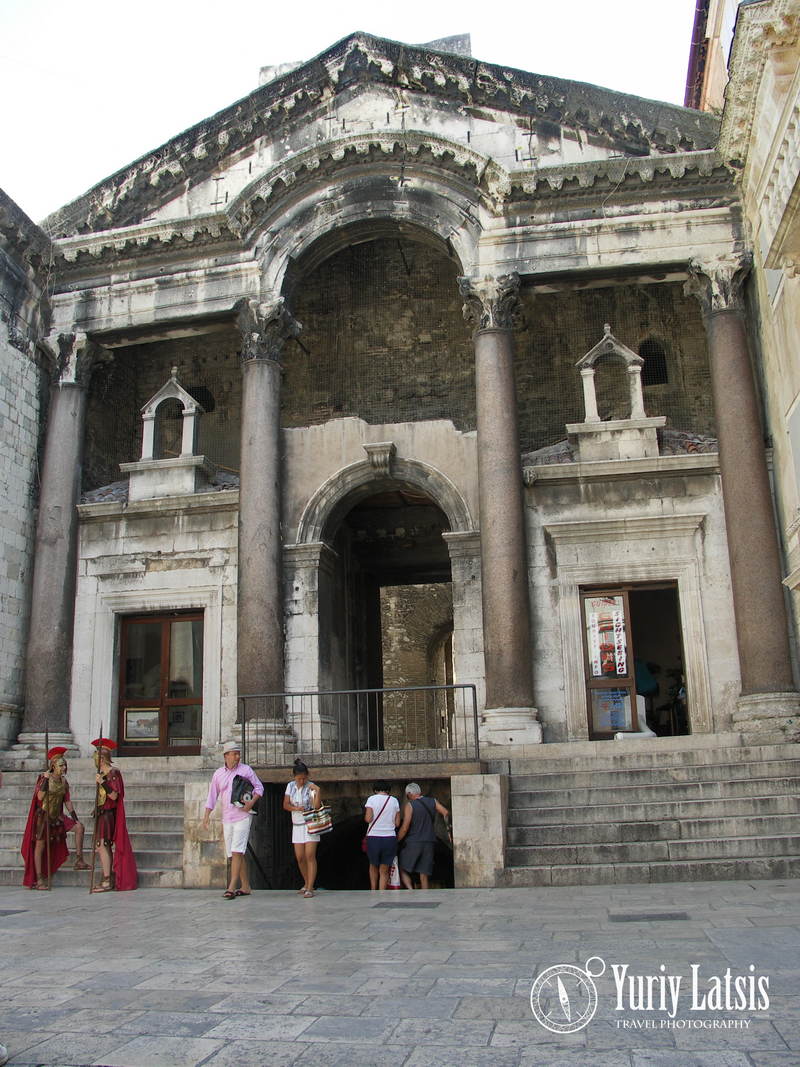
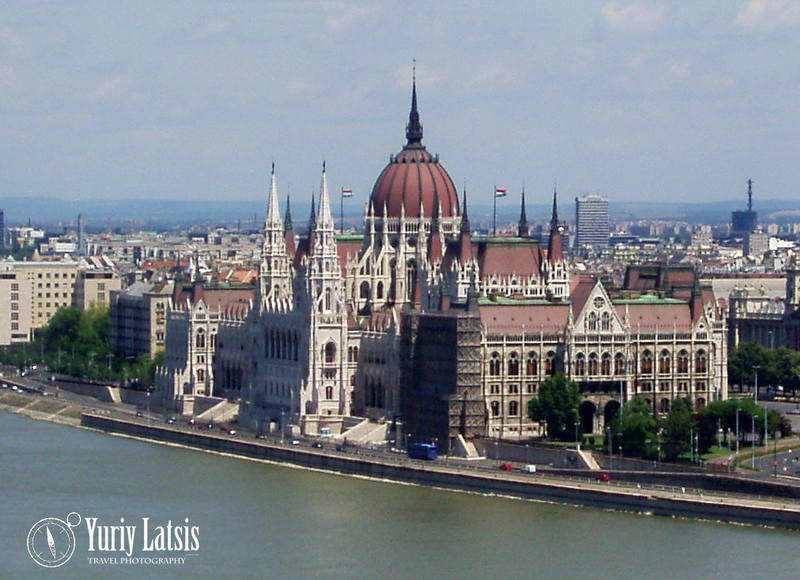
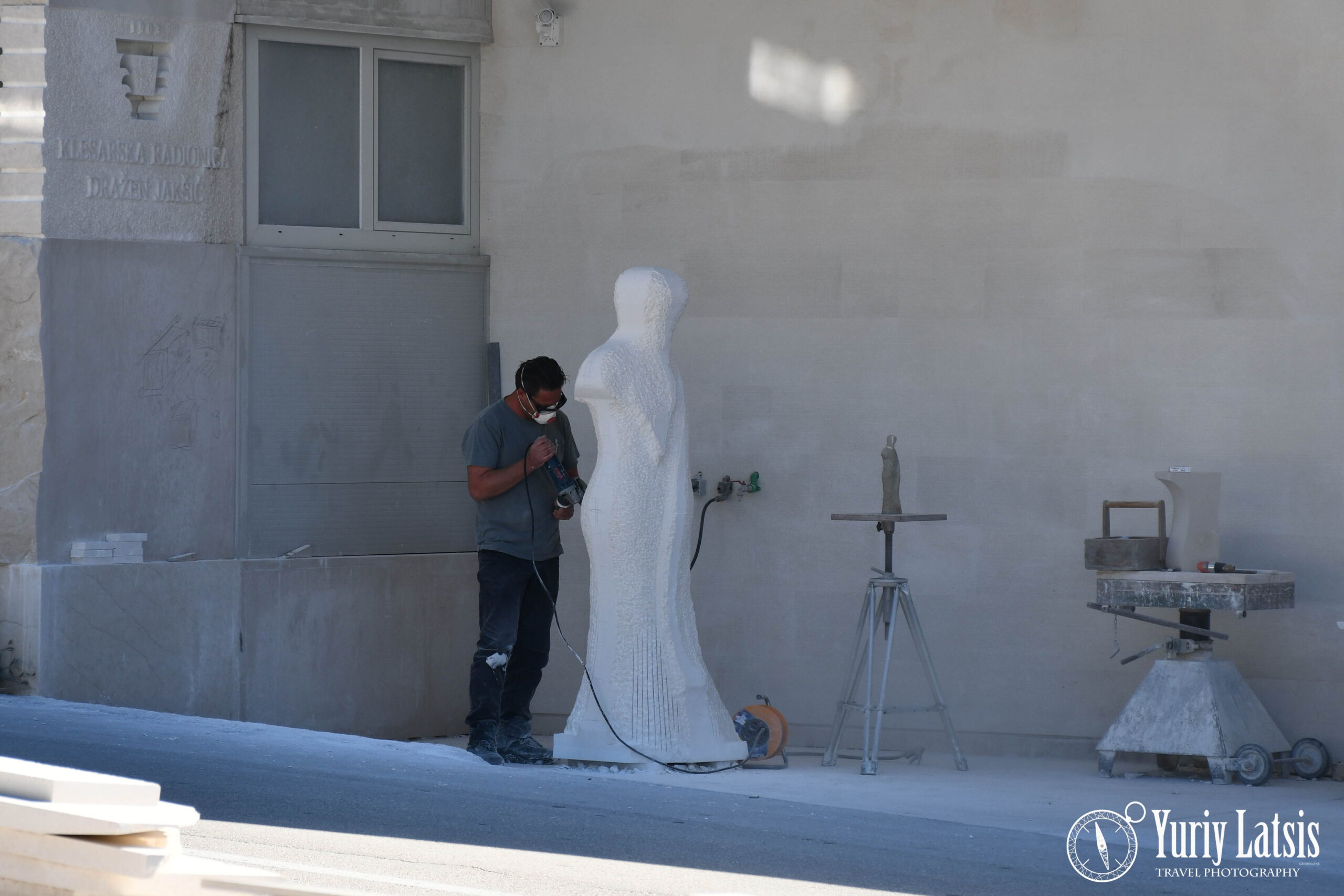
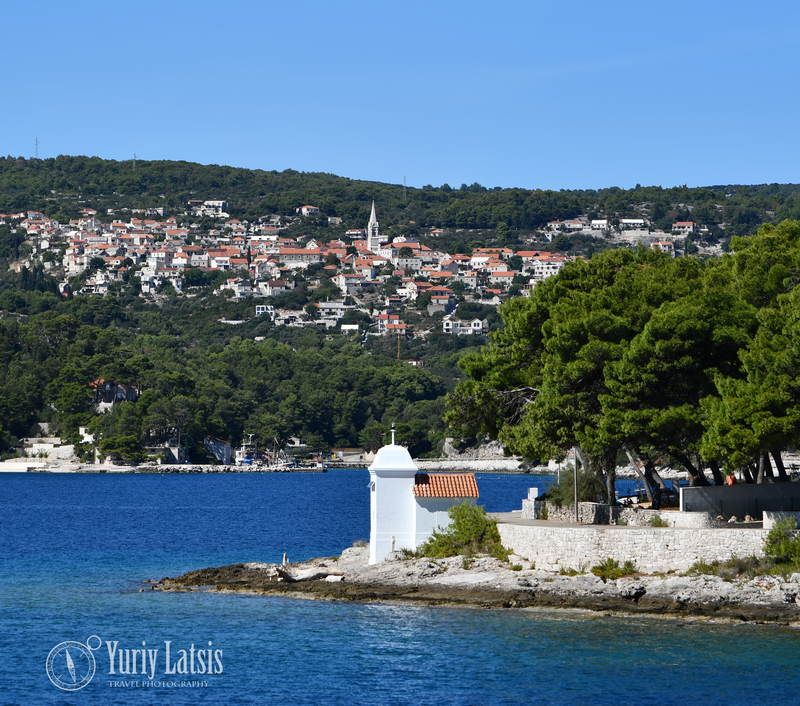
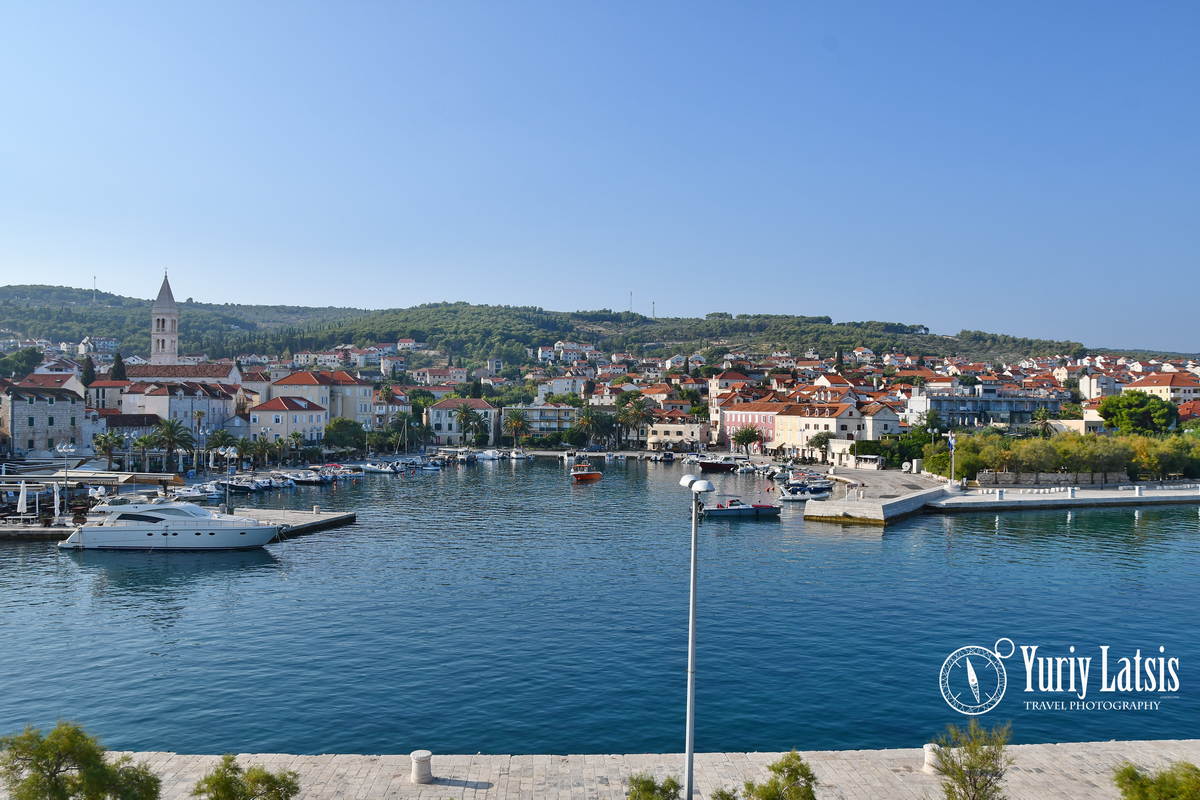
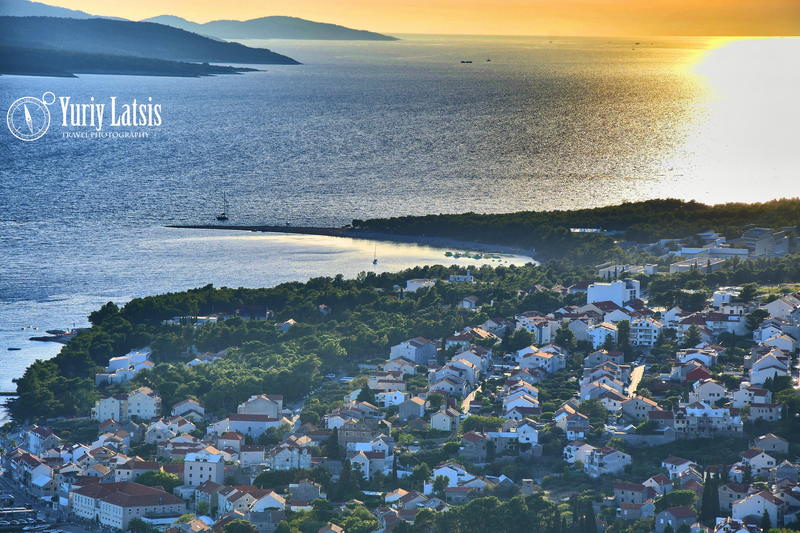
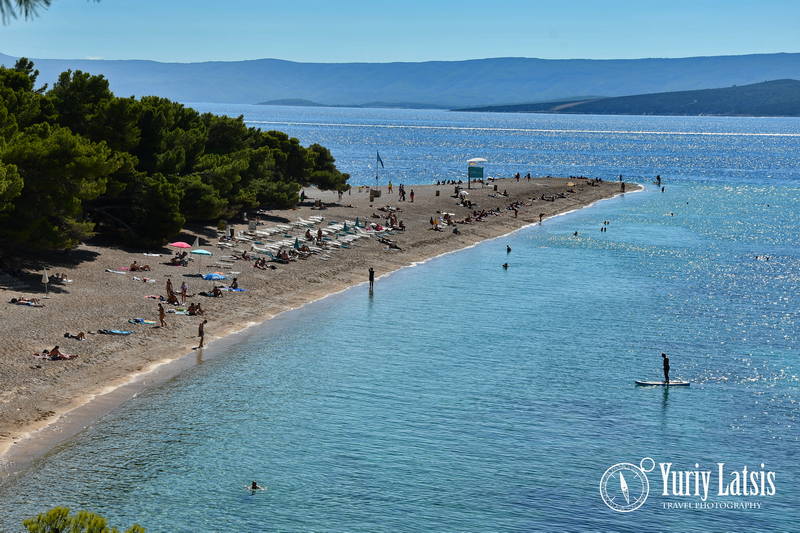
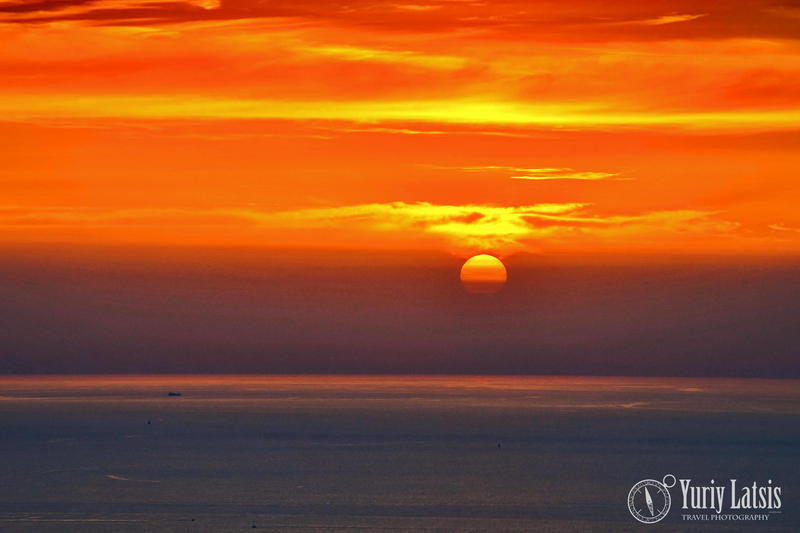
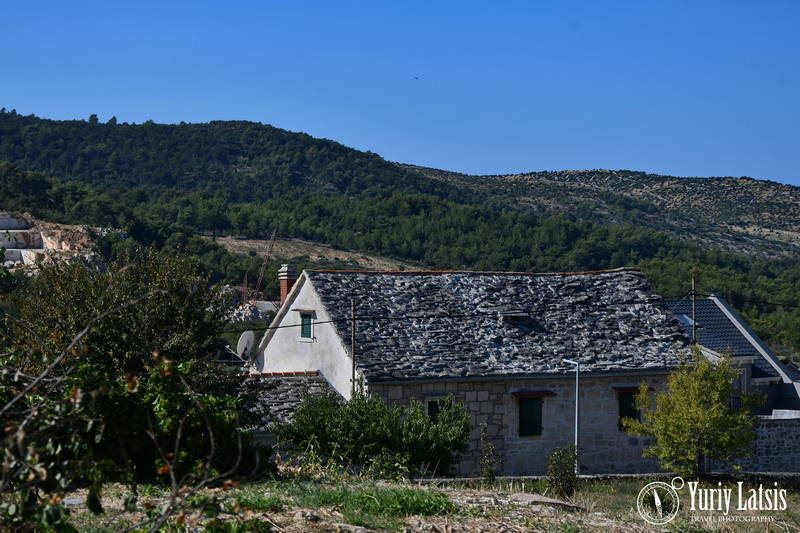
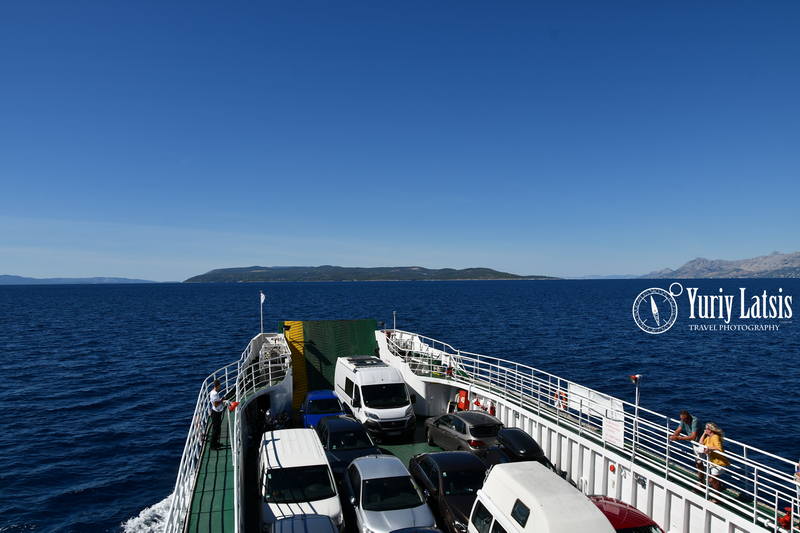
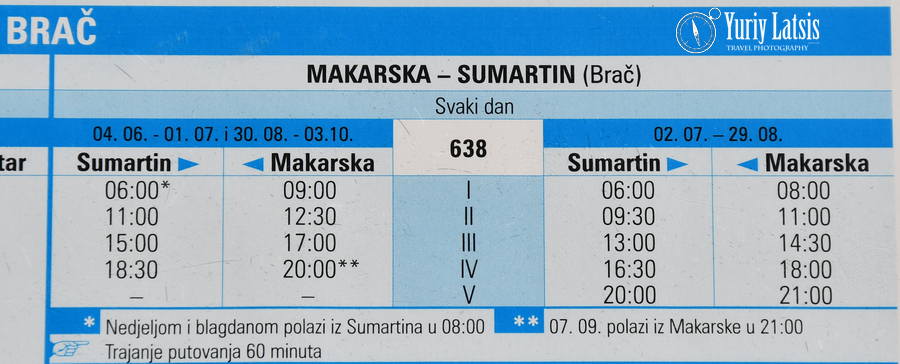
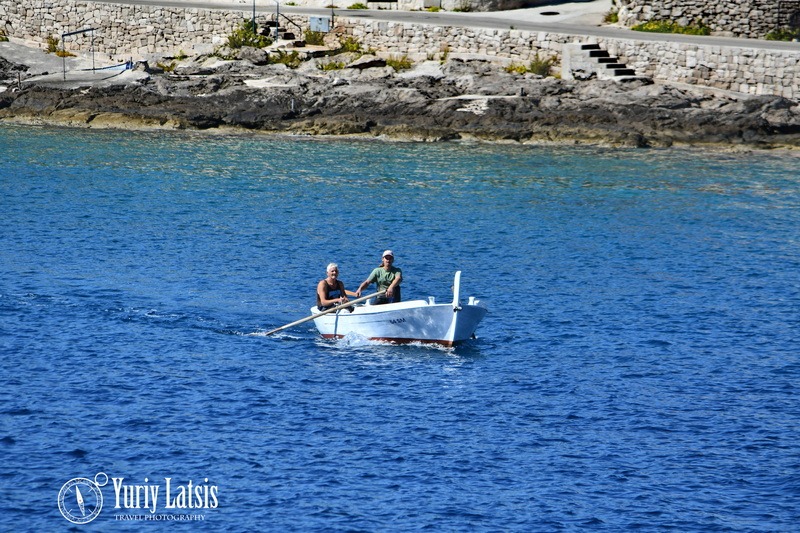
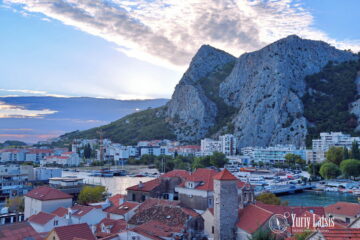
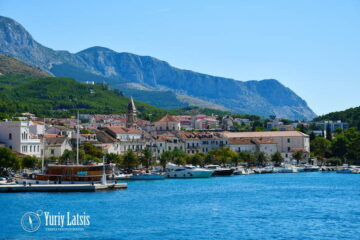
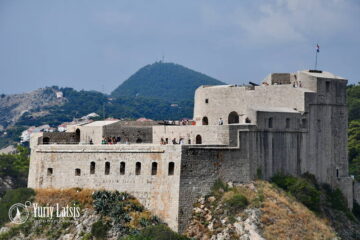
0 Comments